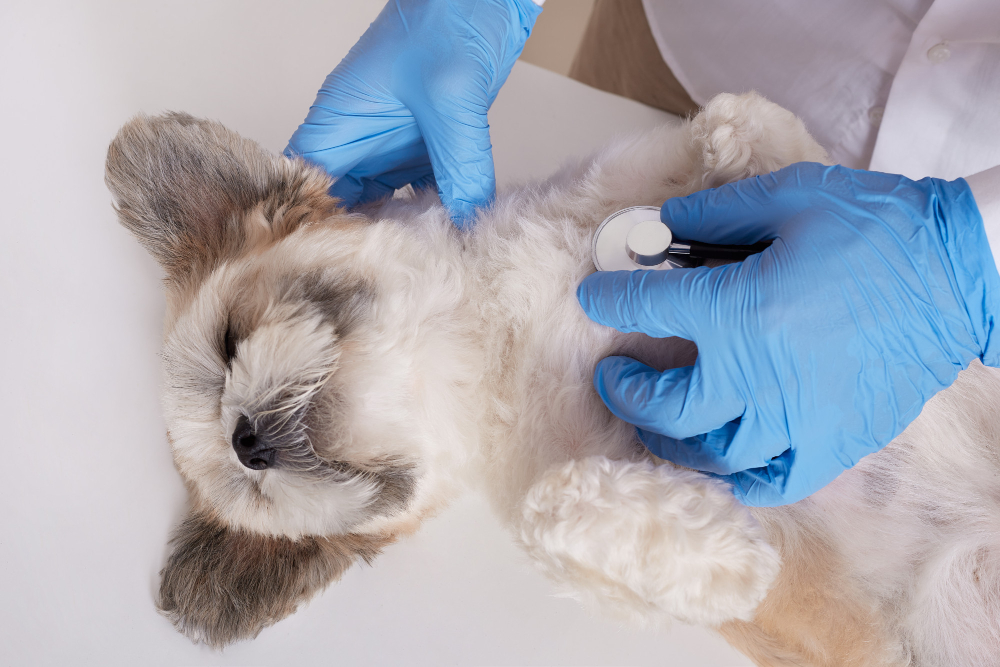What to Do if Your Pet Needs Mass Removal | Pet Method Animal Hospital


What to Do if Your Pet Needs Mass Removal
Discovering a lump or bump on your pet can be unsettling. As pet parents, it’s natural to worry about what it could mean and what steps to take next. While not all masses are cancerous or harmful, it’s important to approach every lump with caution and professional guidance. At Pet Method Animal Hospital, we understand how concerning this can be, and we're here to help you navigate the process of mass removal for your beloved companion.
Step 1: Don’t Panic, But Act Promptly
First and foremost, don’t panic. Pets, like humans, can develop benign growths such as cysts, lipomas (fatty tumors), or warts, especially as they age. However, any new lump should be evaluated by a veterinarian. Acting early can make a significant difference, particularly if the mass is malignant or growing rapidly.
At Pet Method Animal Hospital, our experienced veterinary team conducts a thorough physical examination to assess the mass’s size, location, consistency, and mobility. We may recommend diagnostic tests to better understand the nature of the growth.
Step 2: Diagnostic Testing
To determine whether the mass is benign or malignant, your veterinarian may suggest:
- Fine Needle Aspiration (FNA): A small needle is used to extract cells from the mass for microscopic evaluation.
- Biopsy: In some cases, a small section of the mass is surgically removed and sent to a laboratory for detailed analysis.
- Imaging: X-rays or ultrasound might be used to see if the mass affects internal structures or if there are signs of spreading.
These diagnostic tools help us create a tailored plan for your pet’s care and determine whether removal is necessary.
Step 3: Deciding on Mass Removal
If testing suggests the mass could become problematic—whether due to size, location, irritation, or malignancy—your veterinarian may recommend surgical removal. Even benign masses can interfere with your pet’s quality of life if they impede movement, cause discomfort, or become infected.
It’s essential to discuss the benefits, risks, and recovery expectations with your veterinarian. At Pet Method Animal Hospital, we prioritize minimally invasive techniques and personalized care to ensure the safest outcomes for your pet.
Step 4: What to Expect During Surgery
Mass removal is typically performed under general anesthesia. The procedure involves:
- Pre-surgical bloodwork to ensure your pet is healthy enough for anesthesia.
- Surgical removal of the mass, often with a margin of surrounding tissue to ensure complete excision.
- Post-operative care, including pain management and wound care instructions.
Depending on the mass's nature, we may send it for further lab analysis to confirm its type and ensure it was fully removed.
Step 5: Post-Surgical Recovery and Follow-Up
Most pets recover from mass removal surgery within a couple of weeks. You’ll need to monitor the incision site for signs of infection, prevent your pet from licking or scratching the area, and attend follow-up visits to ensure proper healing.
Our team will provide clear post-operative instructions and remain available for any questions or concerns you may have during your pet’s recovery.
Preventive Care and Monitoring
Even after a successful mass removal, regular check-ups are essential. Some pets are prone to developing new lumps, so monitoring their health and scheduling routine veterinary visits can catch any future issues early.
If you’ve discovered a lump on your pet or have concerns about their health, don’t wait. Contact Pet Method Animal Hospital today at (469) 581-8609 to schedule a comprehensive examination. Our compassionate team is dedicated to providing expert care and peace of mind for you and your furry family member. Visit us at 260 N Coit Rd, Suite 130,McKinney, TX, 75071 to book your appointment.


















